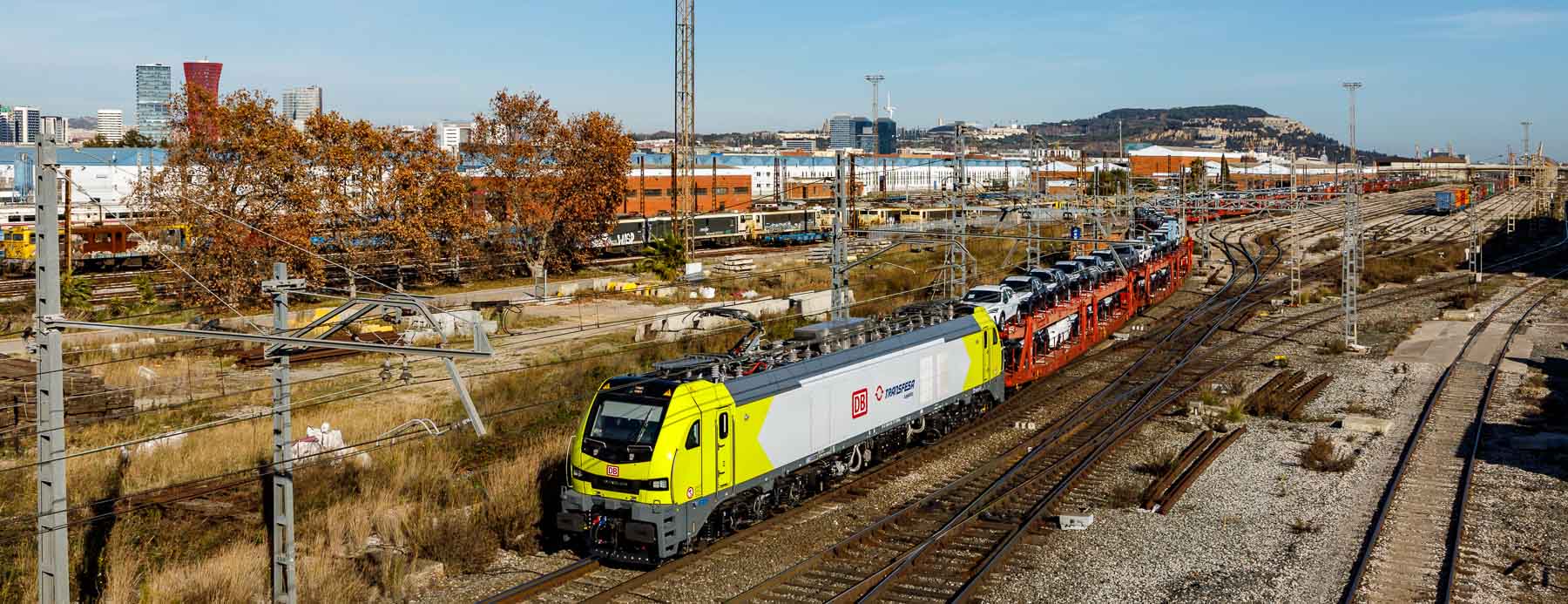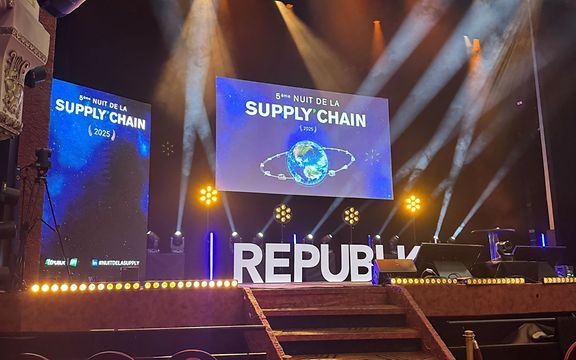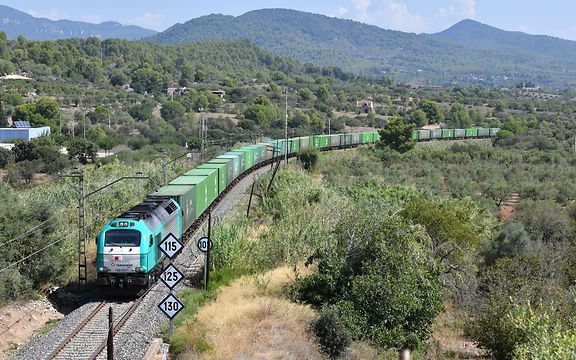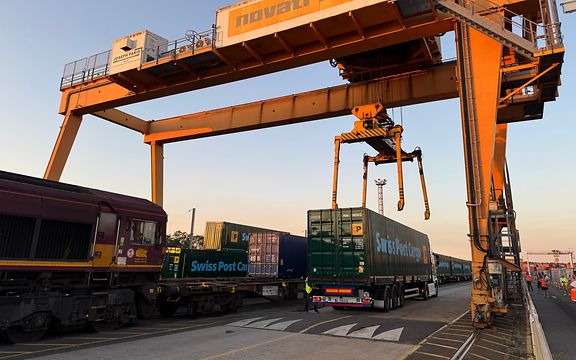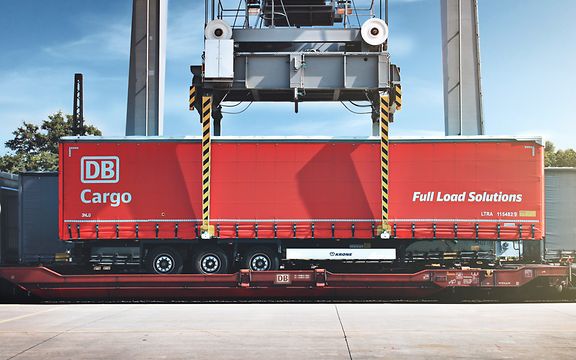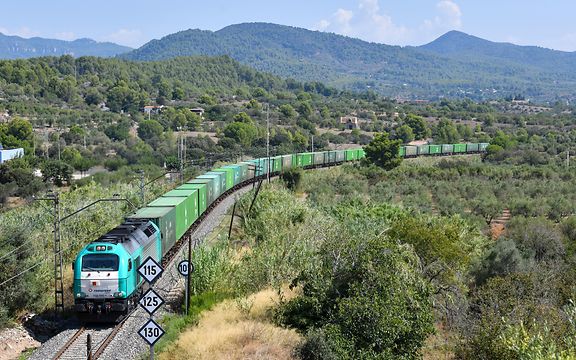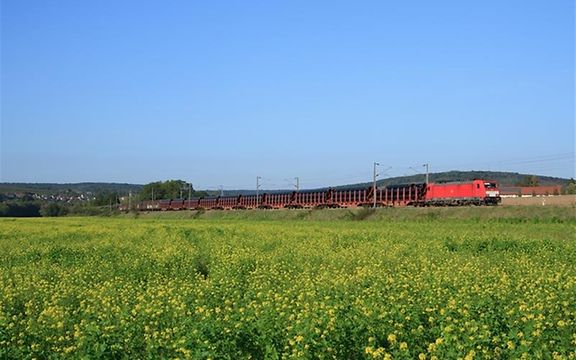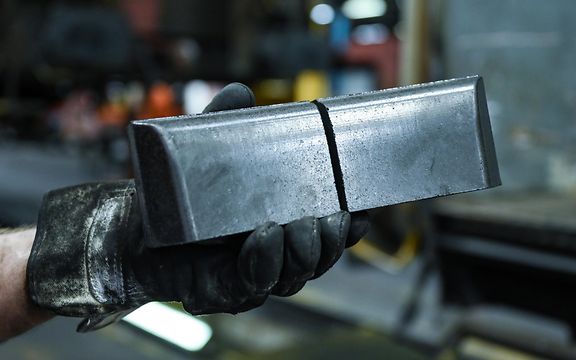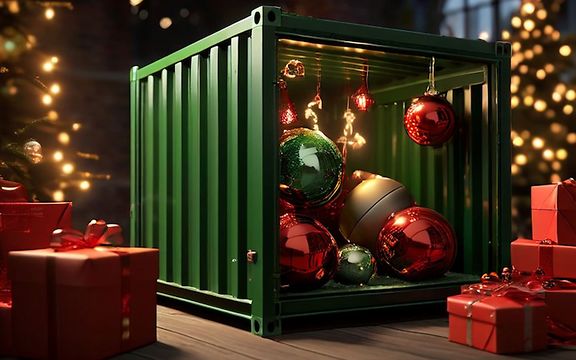All the way to Barcelona with DB Cargo and Transfesa
How new locomotives from Transfesa are creating great opportunities in French-Spanish freight transport.
DB Cargo's Spanish subsidiary Transfesa got off to a successful start in 2023. After intensive preparations, a very special first run from Perpignan, France, to the port in Barcelona took place on 3 January.
What was special about it? This was the first trip to the Catalan capital with 100% DB Cargo power on the UIC route.
This route to Barcelona requires no axle changes and can accommodate longer and heavier trains than the "classic route", on which wagons need to have their axles switched to Iberian broad gauge; the tracks in Spain have a wider gauge than those in most other European countries. This has a significant impact on transport time because of the time-consuming reloading or axle changes required at the border. Also, not every freight wagon can switch axles.
A brief gauge guide
- 1,435 mm: This is the track width in most of Europe (87% of the EU rail network) and in North America and China, which is why it's often referred to as "standard gauge". It simplifies transport between most of these countries. Japan's Shinkansen express trains also use this gauge.
- 1,668 mm: Also called Iberian broad gauge, this is used in Spain and Portugal. Trains coming from France need to have their axles changed or their loads transferred, as they can't run on the Iberian rail network.
- Change of gauge: Trains may be able to continue onward if the differences are small, but this is not the case when they cross the border into Spain. Here, the axles on the freight wagons need to be switched, as transferring the entire cargo from wagon to wagon would typically take much longer. Containers, however, are usually craned from wagon to wagon.
Expansion and new locomotives speed up cross-border traffic
Time and effort spent at the border can be reduced by using the UIC route, resulting in much shorter transport times. Two crucial factors make this possible. One is that the line from Perpignan through a rail tunnel under the Pyrenees and on to Barcelona is built to standard gauge, so conventional freight wagons can reach Barcelona without an axle change. This line also allows the use of longer trains than the Iberian broad gauge lines can support.
The second factor is that Transfesa has acquired new locomotives for this route, as its vehicle fleet until now was designed for Spanish broad gauge and the change of axles. Everyone was delighted that the test phase and the first runs went smoothly and that the cooperation between Transfesa, DB Cargo France and DB Cargo service design was an outstanding success. This also included working with the Spanish and French regulatory authorities, as the Spanish train drivers have to travel a certain distance in France before being relieved by their French counterparts.
Bright future for DB Cargo in international rail freight transport with Spain
The new locomotives can run on the upgraded line between Barcelona and Perpignan and throughout France as well. This offers bright prospects for the DB Cargo Group and international rail freight traffic with Spain. Transfesa's locomotive fleet will be expanded for standard gauge in the years ahead, and the standard gauge line for freight trains in Spain is to be extended via Tarragona as far south as Valencia. DB Cargo France and Transfesa also plan to use the locomotives for runs in France.
